Voigtländer 35 mm/1:2.5 Color Skopar P-Type II review
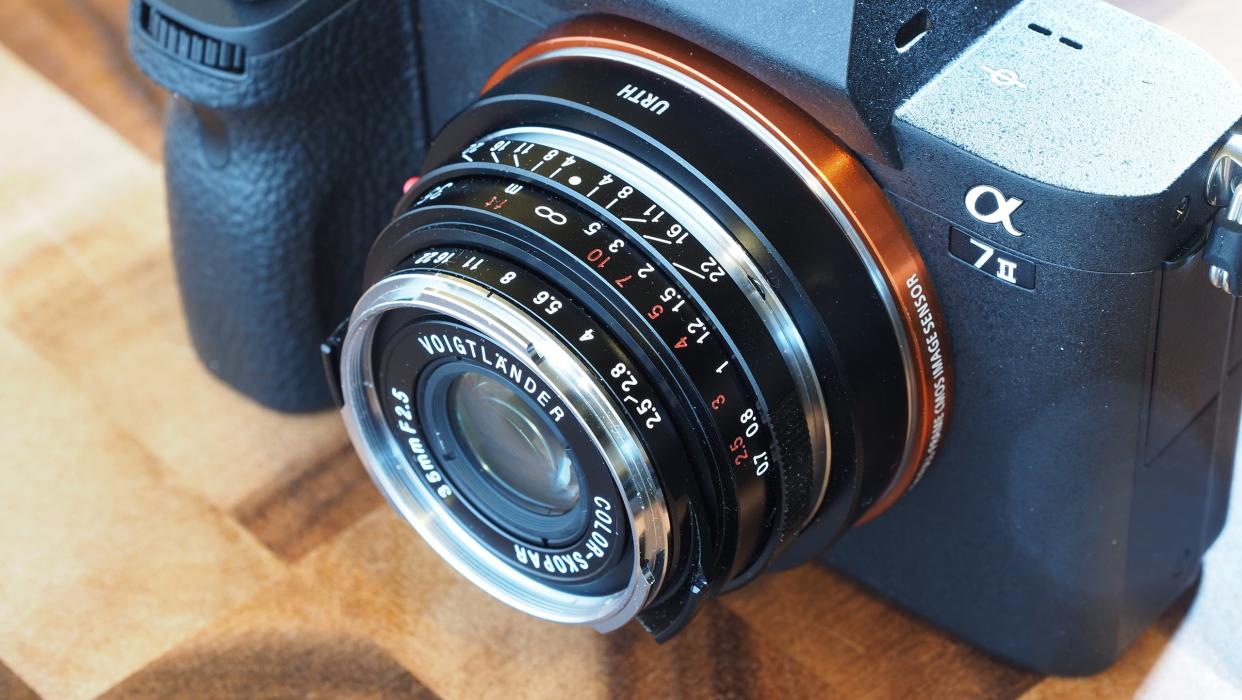
The Voigtländer 35 mm/1:2.5 Color Skopar P-Type II is a Leica M-mount rangefinder lens that can also be used on a host of mirrorless cameras via inexpensive ‘dumb’ mount adaptors. It was tested on a Sony A7 II and a Canon EOS R8, and the results were very different – more on that later!
The Voigtländer name is well known in photography, and Voigtländer lenses are now made by Cosina in Japan. They are not budget lenses. They are high-quality optics made for modern cameras. This one comes in a Leica M mount and would make a great lower-cost alternative to Leica lenses for fans of the red dot.
But the narrower lens mount and slightly longer flange distance of the M mount means you can get adaptors for today’s mirrorless bodies. We used adaptors from Urth. This 35 mm/1:2.5 Color Skopar P-Type II is a fully manual lens with no electronic connections, so it doesn’t need complex lens adaptors and works in just the same way on a mirrorless body as it would on a rangefinder.
The f/2.5 maximum aperture might seem a handicap, but how often do you need anything faster? Where the Color Skopar excels is its small size, the quality of its controls, and its manual focus and depth of field control – though there is one niggle to be aware of here.
It's not likely to make it onto our list of the best Sony lenses because it's both specialized and an acquired taste, but if you're looking for the best 35mm lenses with a real retro vibe, then it's right up there.
Voigtländer 35 mm/1:2.5 Color Skopar: specifications
Voigtländer 35 mm/1:2.5 Color Skopar: price and availability
At the time of writing, the Voigtländer 35 mm/1:2.5 Color Skopar P-Type II is on sale for around $429 / £398, which makes it rather cheaper than own-brand 35mm f/1.8 lenses but also, of course, rather slower in maximum aperture. It’s certainly not a cheap lens, but it does cost less than regular 35mm primes and is substantially smaller. It seems pretty widely available in the US, but while it's carried by many UK retailers, it may not always be in stock.
Voigtländer 35 mm/1:2.5 Color Skopar: design and handling
This is such a compact lens that it’s almost a little fiddly to handle. The manual aperture ring is at the front of the lens, whereas on most digital lenses, or those that have aperture rings, it’s closer to the camera body. The Voigtländer’s focus ring is where your fingers might be expecting to find the aperture ring, so it does need a little acclimatization.
The aperture ring is perhaps a little light but has very positive click stops in half-stop increments – not the one-third stops of modern systems – while the focus ring is beautifully smooth and has a focus lever on the base. It is rangefinder coupled for use on genuine rangefinder-focused cameras, but this coupling is redundant when used on mirrorless cameras.
It is wonderful to have a long focus travel and a detailed focus scale, together with depth of field index marks for apertures from f/4 to f/22, as these make hyperfocal focusing and zone focusing a breeze. These are forgotten arts well worth rediscovering in the modern era.
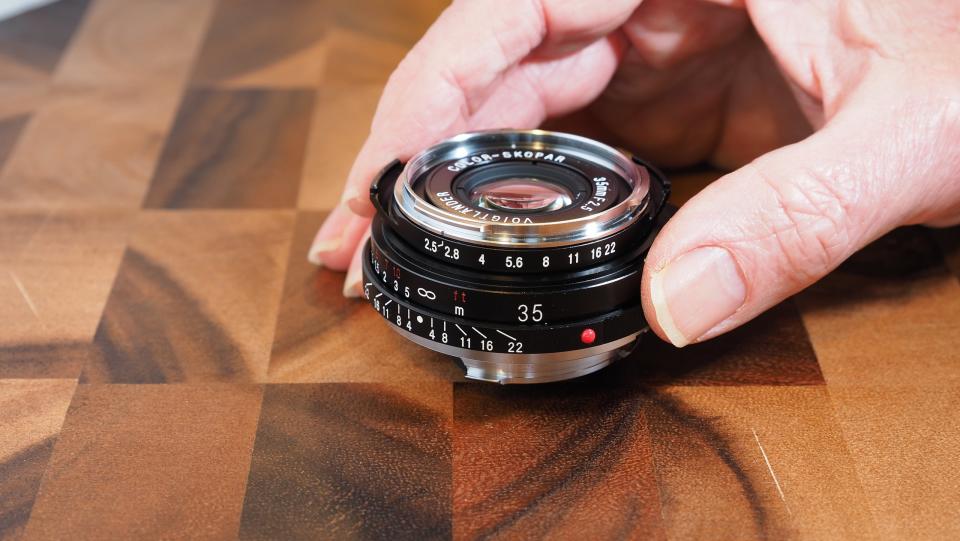
But there is a problem. We did not test this lens on a Leica rangefinder body which is, perhaps, what it is mainly designed for, but using three different adaptors on two different bodies we did find a discrepancy between the infinity mark and infinity focus. You can’t just turn the focus ring to its hard stop at infinity and expect the lens to be focused at infinity. In practice, ‘real’ infinity is somewhere between the infinity and 5m marks.
Whether you blame lens adapters or the lens, if you intend using the Voigtländer 35 mm/1:2.5 Color Skopar P-Type II on a mirrorless camera, you should check the focus using the EVF or rear screen, ideally with magnification, or make allowances for any discrepancy in the distance scale.
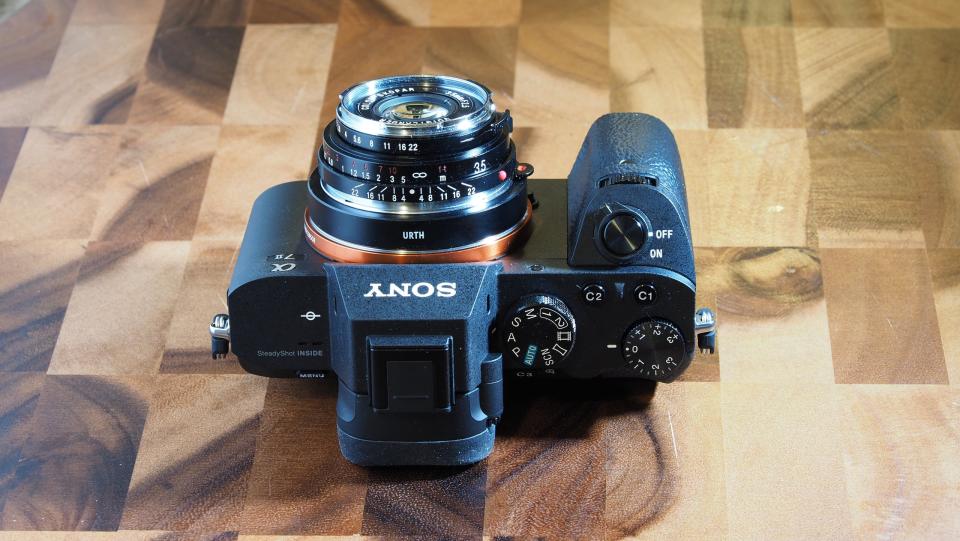
Voigtländer 35 mm/1:2.5 Color Skopar: performance
This is a relatively simple lens in optical terms, but its performance proved surprisingly good. There is some softening of detail at the edges, even after stopping down, and our sample was a little softer on the right side than the left, which could be annoying.
But while there is some visible vignetting, you might want to leave it in because it’s part of this lens’s very interesting character and can often improve the picture. We were expecting some chromatic aberration and perhaps distortion, but there’s precious little of either.
That was using a Sony A7 II body. We also tried this lens on a Canon EOS R8, this time via a Leica M to Canon RF adapter, and got a very different outcome.
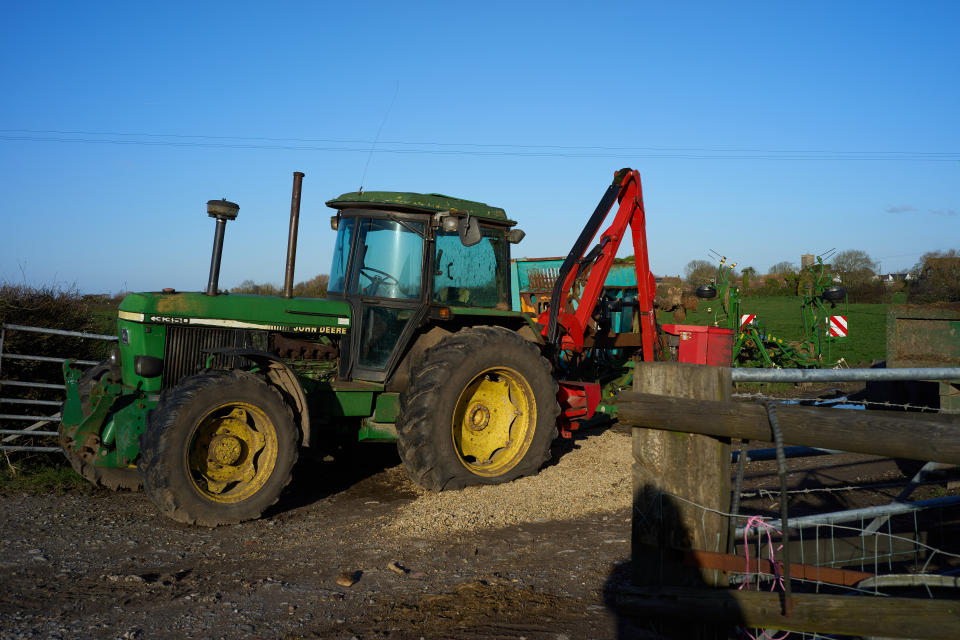

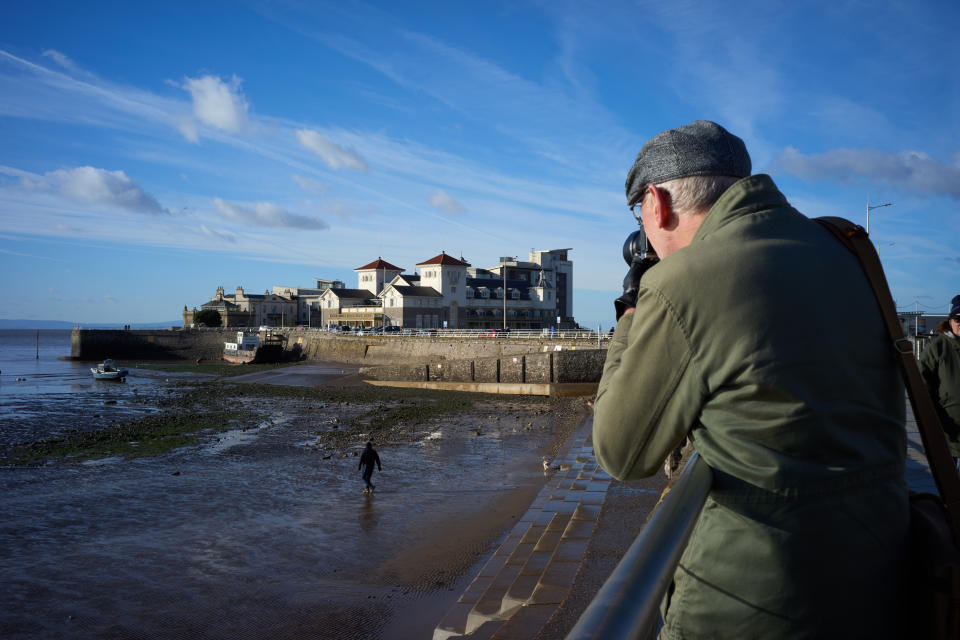
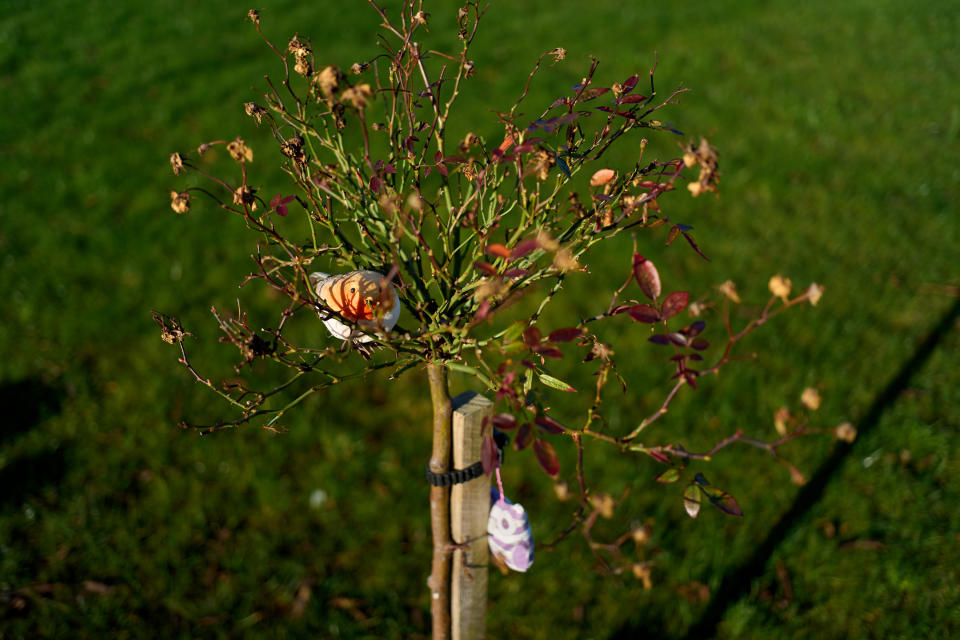
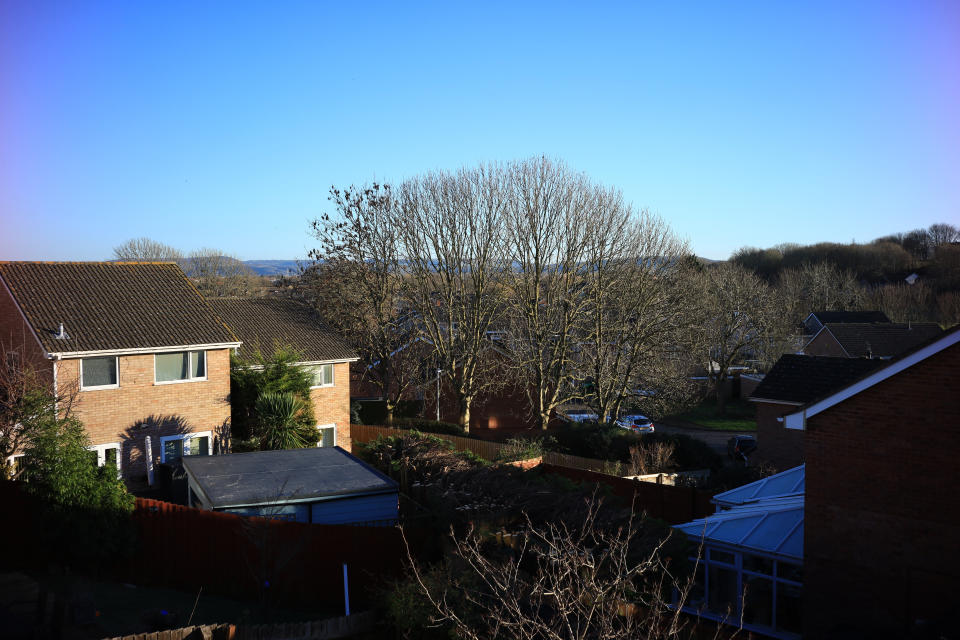
One of the issues with vintage lens designs is that they were originally made for film, which is very tolerant of high angles of incidence where the image strikes the edges of the frame. It turns out our EOS R8’s sensor is not. Towards the edges of the frame it produced a strong magenta shift that effectively makes the images from this lens unusable for color work – though you might get away with it if you use the Voigtländer on an APS-C Canon RF mount camera.
We didn’t expect to see a difference like that between two full frame mirrorless cameras. On this showing, we would certainly try out other older lens designs on a Sony body (and have done), but we won’t rush to repeat this experiment with the Canon.
So there are some drawbacks and pitfalls with this lens, and it can take a little while to get the hang of it and get the most from it.
But it’s worth it. The edge definition might not be great and there is some moderate corner shading, but the center sharpness is pretty spectacular, and the relatively simple optics give a level of contrast and punchiness you don’t normally see with a modern lens. If you want to recreate the look of old transparency film, maybe you should forget about so-called film simulations but look at what lenses like this do instead.
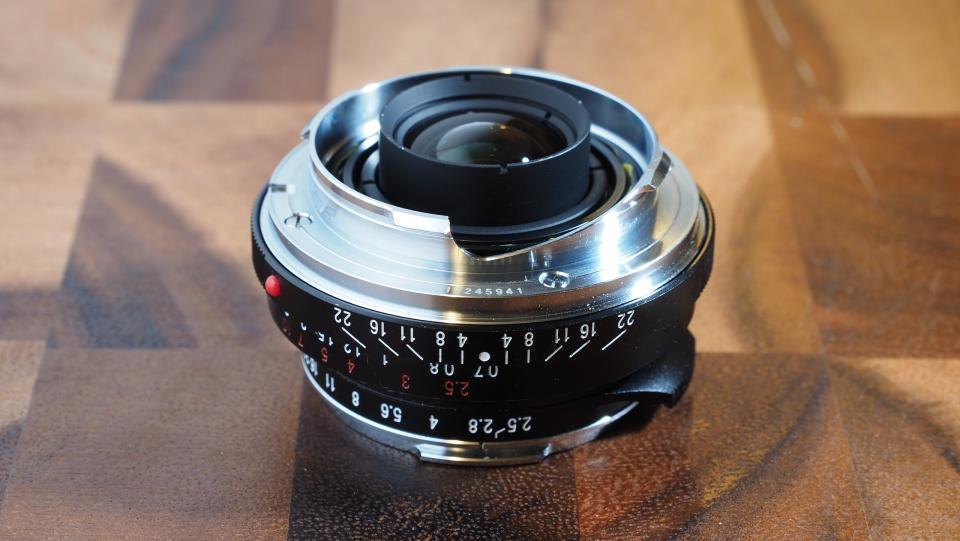
Voigtländer 35 mm/1:2.5 Color Skopar: verdict
The Voigtländer 35 mm/1:2.5 Color Skopar P-Type II is about as different as you can get to a modern digital lens, though for photographers who started out in film it will also be a reminder about how simple and effective lenses used to be.
You can zone focus perfectly well with this lens, though do check and make allowances for any discrepancies in the distance scale if you’re using it with an adapter. It’s also capable of extremely sharp results if you focus precisely – though this takes a little more time and effort than autofocus, so this is not exactly a point and shoot lens.
What this lens lacks in edge to edge sharpness it makes up for with superb centre sharpness, high contrast and a character that you don’t really see with modern lenses. With the Voigtländer 35 mm/1:2.5 Color Skopar P-Type II, the handling and the look of the images are everything.
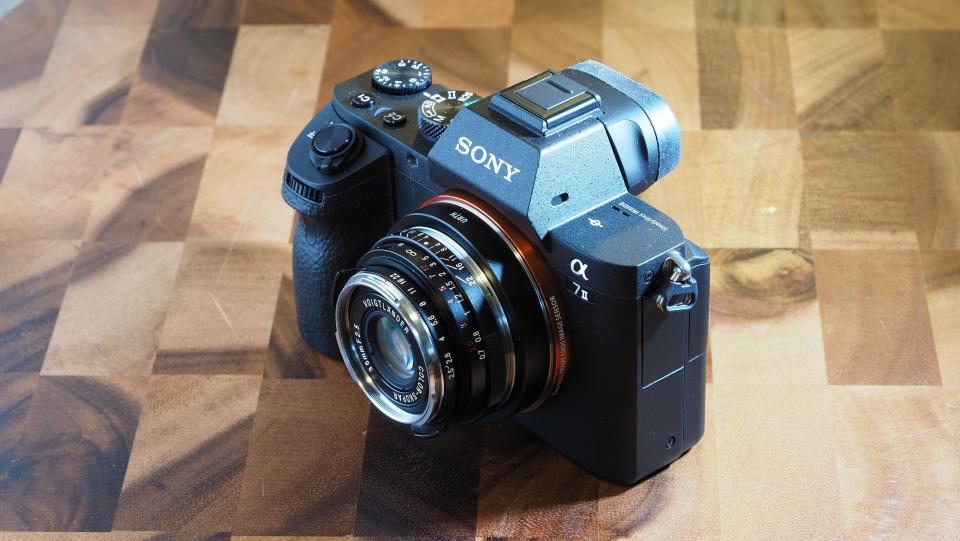
Should I buy the Voigtländer 35 mm/1:2.5 Color Skopar P-Type II?
✅ Buy it if...
You want a characterful analog look
You want a compact pancake lens
You want old-school manual controls
⛔️ Don't buy it if...
You want clinical edge to edge sharpness
You have little patience for manual focusing
You have a Canon EOS R8 (or RP – we tried that too)
Voigtländer 35 mm/1:2.5 Color Skopar: alternatives

The closest alternative for Sony users is the Sony FE 40mm f/2.5 G. It’s barely any larger than the Voigtländer, it too has an aperture ring (also de-clickable, by the way), and offers both autofocus and more consistent optical performance. It is about 50% more expensive, though.

Another alternative is the Sony FE 35mm f2.8 ZA Carl Zeiss Sonnar T*, but this is a little slower, a lot more expensive and doesn’t have an aperture ring. It’s an older lens whose appeal is definitely waning.

Or there’s the regular ‘vanilla’ Sony FE 35mm f/1.8, which is an f-stop faster than the Voigtländer, but also larger and a lot more expensive – and lacks an aperture ring. Frankly, though, the only thing this lens has in common with the Voigtländer is its focal length; otherwise they are like chalk and cheese.

